What is a particulate matter sensor?
What is a particulate matter?
Particulate matter (or simply “PM”) is a mixture of suspended solid particles and small liquid droplets that can be inhaled and can cause serious health problems. PM includes a wide variety of particles with varying characteristics (i.e., shape, optical properties, size, and composition), but is commonly divided into several subclasses by particle size. The different classes of particulate matter are usually reported under the common nomenclature “PMx”, where “x” refers to the diameter of large particles in a mixture of suspended particles or “aerosol”. For example, PM2.5 generally refers to inhalable particles 2.5 microns in diameter and smaller, PM10 refers to particles 10 microns in diameter and smaller, and so on.

How the PM2.5 sensor works
PM2.5 sensor is also called dust sensor, particulate matter sensor, which can be used to detect the concentration of PM2.5 in the air. The current mainstream pm2.5 sensor in the market is developed based on the principle of light scattering.
Particles will produce light scattering phenomenon under the irradiation of light. When a beam of parallel light is incident on the measured particle, the particle will scatter the light. The photosensitive element next to it converts the light signal of the scattered light into an electrical signal, and the electrical signal is amplified, and is calculated by the MCU as a particle concentration value and output.
This process is like turning on a flashlight in the dark. We find a lot of floating particles in the light beam of the flashlight, and then our brain judges the current particle concentration according to the number of particles in the light beam. Finally, tell others high or low concentration.
In this process, the flashlight acts as the light-emitting element in the sensor, the human eye acts as the photosensitive element in the sensor, the brain acts as the signal processing and MCU computing unit, and the “dictation” acts as the output unit of the sensor.

Particulate matter sensor model
| Model Number | Model | Detection Range | Communication Method | Product Size | Product Features |
|---|---|---|---|---|---|
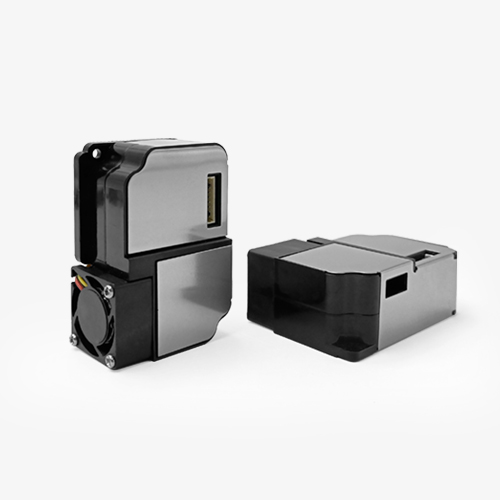
|
FS00201 | 0~1000μg/m³ (Expandable) |
UART (3.3V_TTL Voltage level)
|
50.0×36.0x21.0 mm |
|
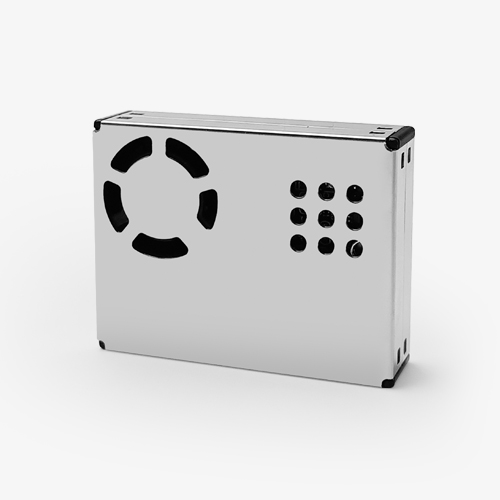
|
FS00202 | 0~1000μg/m³ (Extendable) |
UART (3.3V_TTL Voltage level)
|
47.8×36.8×12.0 mm |
|
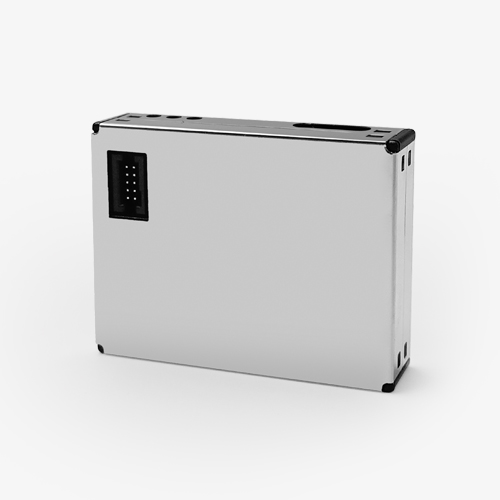
|
FS00203 | 0~1000μg/m³ (Expandable) |
UART (3.3V_TTL Voltage level)
|
47.8×36.8×12.0 mm |
|
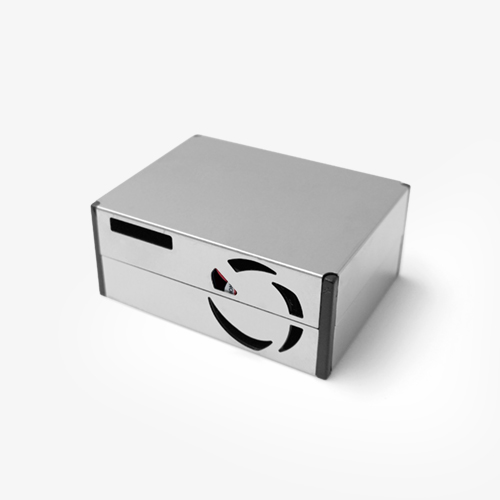
|
FS00209 | 0~1000μg/m³ (Expandable) |
UART (3.3V_TTL Voltage level)
|
50.0×38.0x21.2 mm |
|

|
FS00210 | 0~1000μg/m³ (Extendable) |
UART (3.3V_TTL Voltage level)
|
47.8×36.8×12.0 mm |
|
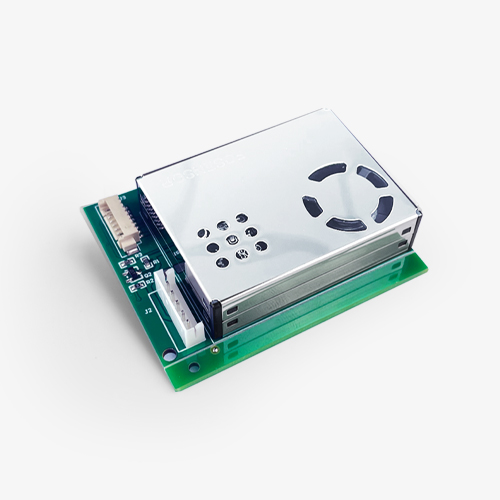
|
FS00213 | 0~1000μg/m³ (Extendable) |
UART (3.3V_TTL Voltage level)
|
58.5×44.5×13.6 mm |
|
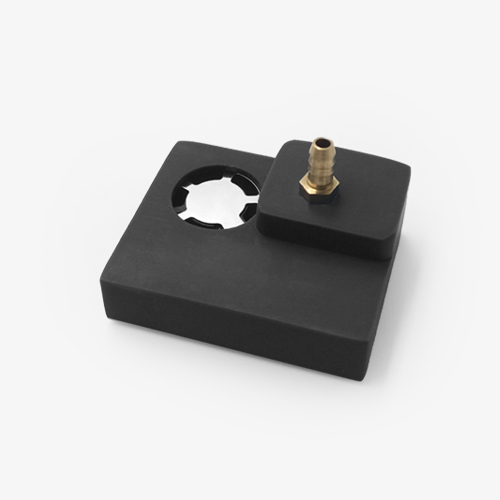
|
FS00215 | 0~100μg/m³: ±10μg/m³ |
UART (3.3V_TTL Voltage level)
|
54.0×43.0x40.2 mm |
|
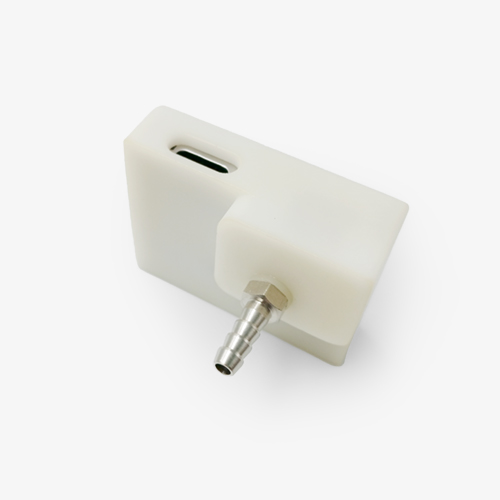
|
FS00216 | 0~1000μg/m³ (Extendable) |
UART (3.3V_TTL Voltage level)
|
53x43x40.2 mm |
|
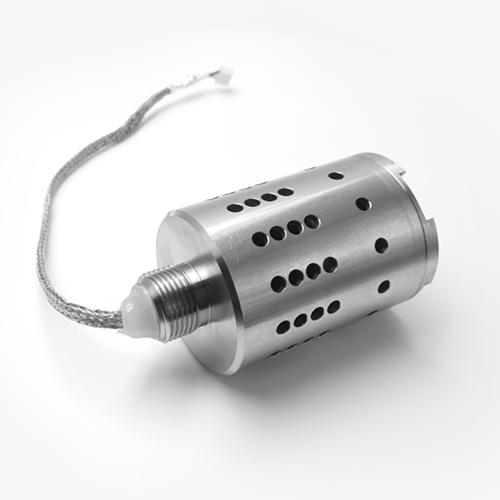
|
FS00217 | 0~5000mg/m³ |
UART (3.3V_TTLVoltage level)
|
43.5×43.5×77.0 mm |
|
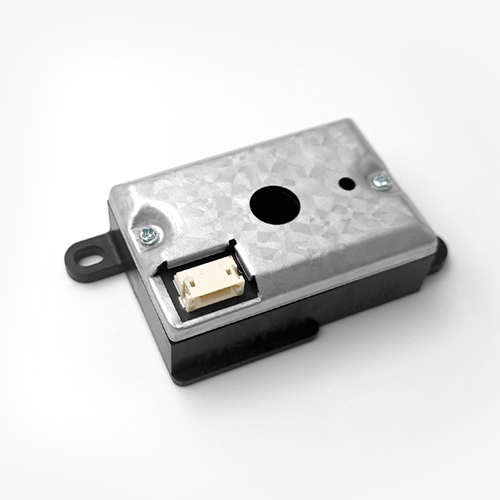
|
FS00218 | 0~1000μg/m³ (Expandable) |
UART (3.3V_TTL Voltage level)
|
50.0×36.0x21.0 mm |
|





